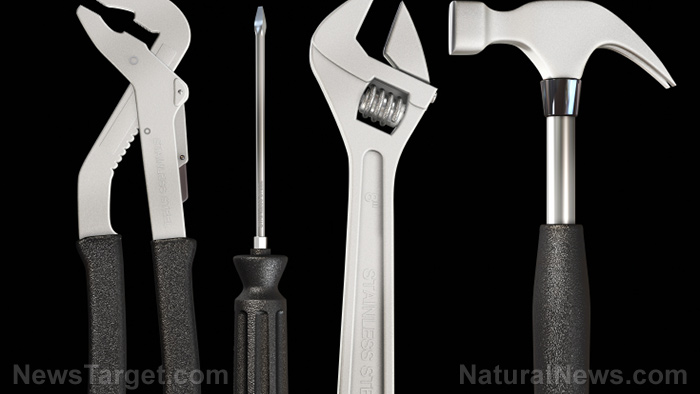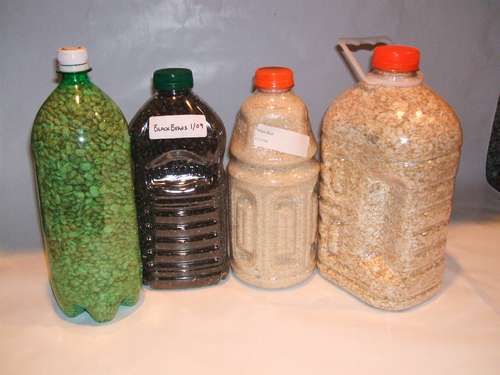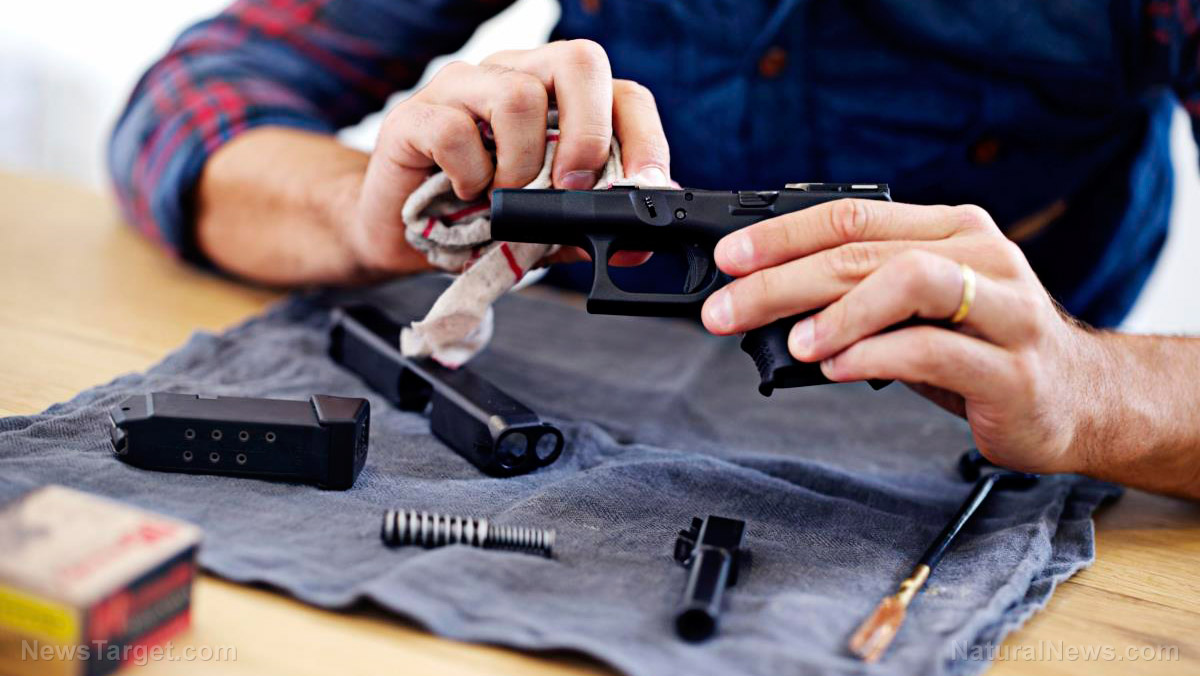Tips and guidelines for DIY repair of small appliances
10/27/2019 / By Edsel Cook

The ability to repair a small appliance saves time and money for preppers and homesteaders alike. People who want to try fixing their home appliances themselves will find these tips handy.
Free up time and money for other preps by fixing home appliances
First, study the basics of electrical circuits in appliances. Learn as much as you can from reading materials and watching online videos that demonstrate how to repair them. Get familiar with all safety procedures required by any electrical appliance that might need repair.
Get familiar with the warranty of the product. If it remains valid for the time being, reconsider fixing the appliance yourself since doing so will nullify and void the warranty.
Start any repair session by turning off an electrical appliance and unplugging it from the socket. Put on protective work gloves to avoid getting injured by sharp parts.
When an appliance stops working, try to identify what the problem is. Plug it into a different electrical outlet and check the previous outlet.
If the electrical appliance is getting power but still not working, use a multimeter to test its continuity. In case the machine does run but operates poorly, inspect the plug and the wire that connects that part to the device. (Related: Today’s young generation too stupid to fix gadgets or mend broken objects, laments professor.)
Make your DIY repair job easier with these useful tools
Like any chore, fixing an electrical appliance becomes much easier if the repairman has all of the right tools for the task. After all, trying to do the job of a Phillips screwdriver with an unsuitable flat head screwdriver only makes things harder.
Preppers and homesteaders will likely have stored or stockpiled some of the following tools for repairing electrical appliances:
- Wrenches of various sizes
- Putty knife
- Adjustable open-end wrench
- Nut drivers of different sizes
- Standard pliers
- Channellock pliers
- Wire cutters and wire strippers
- Multimeter
- Wire connectors
- Power drill and power driver
Try to get both metric and English measurement versions for the wrenches and nut drivers. Having the appropriate tools for the job reduces the need to improvise things.
The hunt for replacement and spare parts
After figuring out what’s wrong with the electrical appliance, the DIY repairman may find himself in need of new components to replace the broken parts. He will have to stockpile control boxes, fuses, plugs, switches, and the like.
There are many ways to get replacement components. The appliance type, the part required, the area where the prepper or homesteader lives in, and the available budget may make it harder or easier to acquire the parts.
Check the owner’s manual for the name and the number of the necessary part. In case the manual got lost or isn’t available, remove the nonfunctional component from the appliance and bring it along for comparison with potential replacements.
Upon getting the part number or the actual piece, go to the retail store that sold the electrical appliance. Show them the part and ask if they have replacement parts in stock.
Aside from the retailer, consider visiting a junkyard or a flea market. Look for discarded or used appliances of the same type and model as the one at home.
You can also contact the manufacturer of the appliance. Either give them the part number or describe the part, then ask for a replacement to be sent over.
Besides keeping home appliances running for longer, the skills and knowledge to repair the small devices will save money. The time and effort can go to other preps like food storage and survival gear. Furthermore, the increased level of self-reliance will also boost the confidence and pride of any prepper or homesteader.
Sources include:
Tagged Under: devices, DIY, DIY repairs, electrical appliances, electronics, gadgets, homesteaders, maintenance, preparedness, Preppers, prepping, repair skills, repair tools, self-reliance, tips
RECENT NEWS & ARTICLES
COPYRIGHT © 2017 PATRIOT NEWS



















